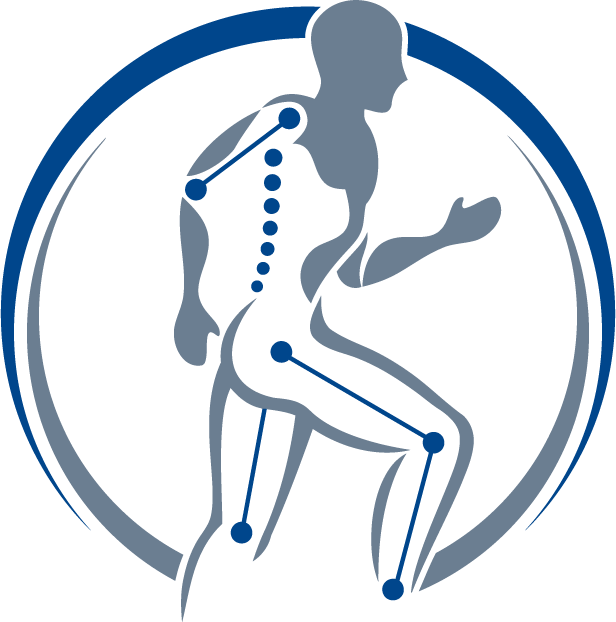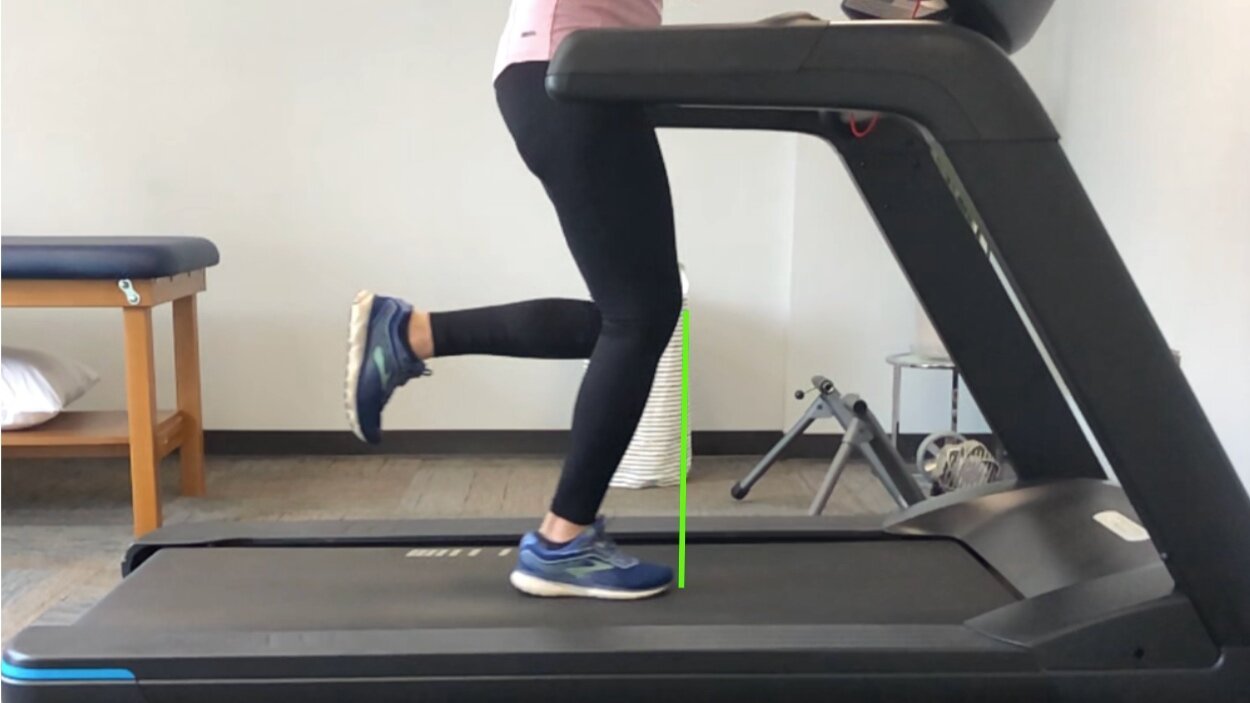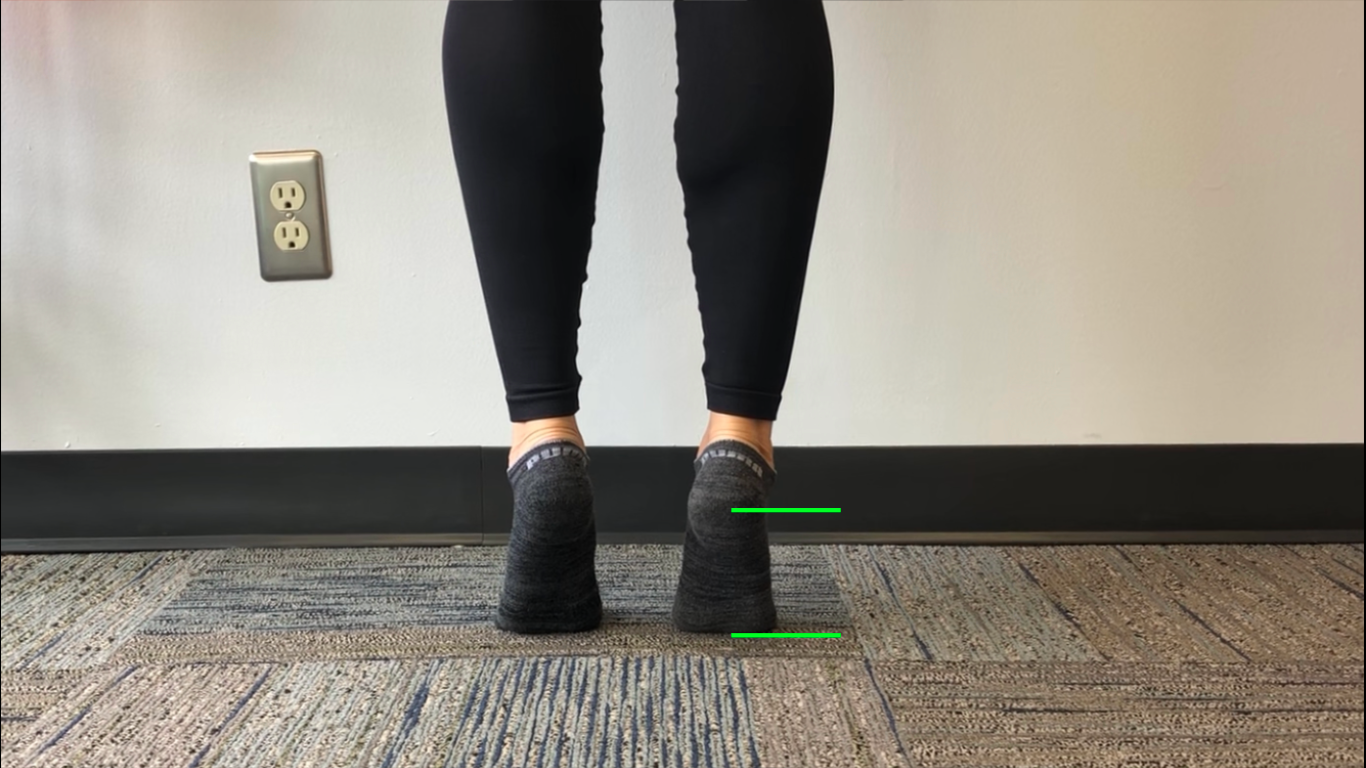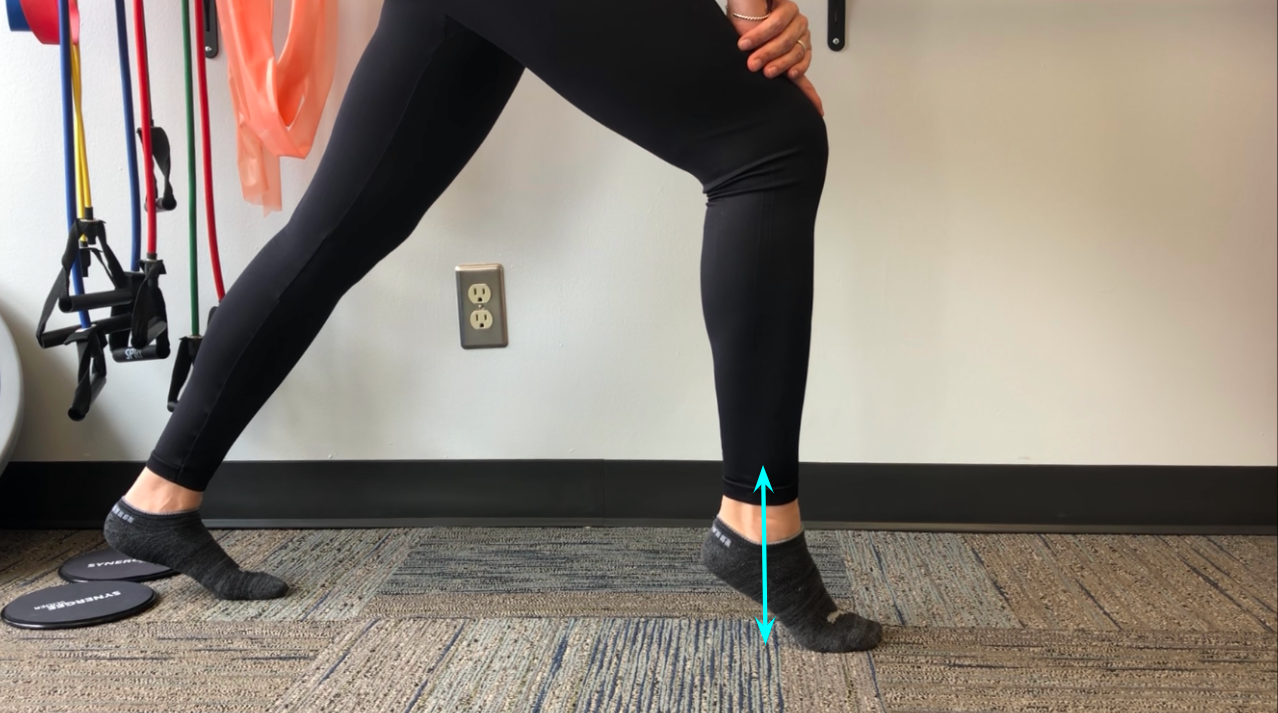Running: Heel Raises, How & Why
Calf weakness is a common issue in runners and can lead to pain and injuries in the foot and lower leg. Calf weakness presents in multiple ways when assessing a runner’s gait mechanics. One of those ways is when the knee travels excessively forward of the toe at mid stance during gait (also known as increased anterior tibial translation). It is true that there are other movement problems that contribute to increased anterior tibial translation at mid stance, however the key contributor we will discuss today is calf weakness. Below you can see a still shot of normal and excessive tibial translation.
Normal anterior tibial translation
Excessive anterior tibial translation
In addition to reviewing your own running videos in slow motion, you can also self-test your calf strength by completing single leg heel raises. As a runner, you should be able to complete more than 20 single leg heel raises before you struggle to achieve full available range of motion.
How do I know if I’m moving through my full available range?
Stand on both feet. Raise both heels off the ground keeping a hand on the wall for balance. Go all the way up! Take note of this height.
From the lifted position, shift onto one foot. Can you maintain your full height or do you drop down slightly? If you cannot maintain the full height, there is a strength deficit present.
If you can maintain that full height, can you complete 20 repetitions of single leg heel raises through this same range? At what point do you start to lose range?
As you move through this self assessment you can determine if you have ideal calf strength or not. Below you can review a video of a progression of heel raises from easier to more challenging.
Bilateral heel raise
Single leg heel raise
Common Errors: If you have been working on your calf strength but still found weakness with this self-test, you may be performing them with some of these errors. Common errors we see in the clinic include completing only partial range, allowing the ankle to roll inward, or shifting onto the outside of the foot at the top of the heel raise.
First aim to master your heel raise technique with the single heel raise and then move to more difficult variations, including off a step and soleus strengthening.
As always, please avoid doing your calf strengthening immediately prior to a hard run. It is not ideal to excessively fatigue your calf before running. As with all strength training, listen to your body and take rest days. If you have questions about appropriate dosage and safety in strength training please contact us.
To your movement health,
Ann & Jesse
This blog is not intended as medical or professional advice. The information provided is for educational purposes only and is not intended to serve as medical or physical therapy advice to any individual. Any exercise has potential to cause injury or pain if it is incorrectly done or is not the right exercise for an individual’s medical or physical problems. You should consult with a physical therapist or medical provider for individualized advice.










